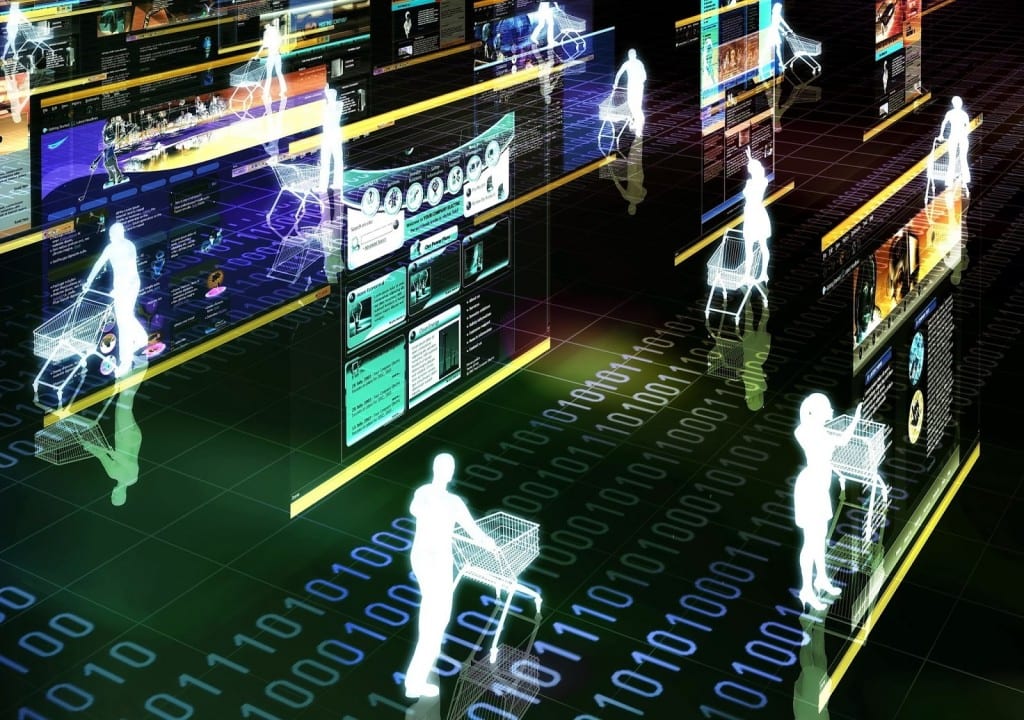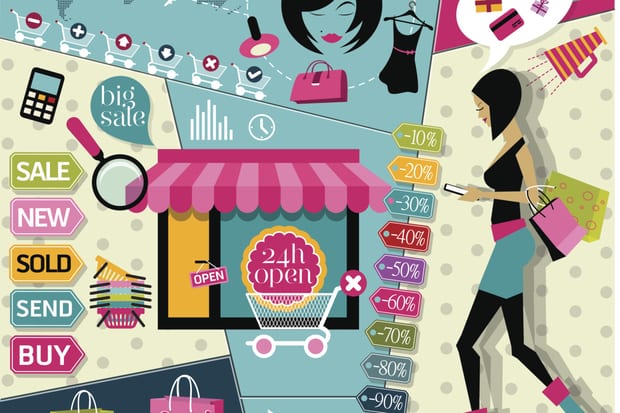
You may not think of your local department store as a hub of innovation. But technology drives almost every step of the retail experience. Here are five ways some companies are tapping emerging to provide ever more value to their customers.


As retailers rev up for their busiest shopping season, they know some things never change: Holiday deal-seekers will race like mad through store aisles for the best Black Friday deals. Last-minute shoppers will wait until December 24 to make their purchases. Crowds will swarm stores the day after Christmas in a whirlwind of gift returns.
The shopping experience itself, however, has undergone massive changes over the past two decades, especially as ecommerce has won over consumers and smartphones have become the must-have accessory. These days, retailers work around the clock to navigate a digital world that continues to evolve at a dizzying pace, while tech-savvy consumers have increased their demands for seamless experiences and personalized touches, wherever and however they shop.
“In today’s increasingly connected world, brands and retailers are struggling to find ways to appeal to omnichannel shoppers,” says Mike Paley, executive vice president of shopper marketing at agency The Marketing Arm. “Technology advances have created an environment in which the line between brick-and-mortar and e-commerce is blurred and fading fast.”
Here are five cutting-edge technology trends taking retail to the next level:
1. Beacons
With millions of shoppers toting smartphones in their pocket or purse, it’s no surprise that proximity marketing, through the use of location-based technologies such as Bluetooth-connected beacons, is becoming more than a flash-in-the-pan – as retailers look for ways to provide more personalized, real-time messages, offers and promotions. Macy’s, for example, recently rolled out beacons to 4,000 stores using Shopkick’s offering, and Swirl’s platform and hardware is being used by clients including Lord & Taylor and Urban Outfitters. According to Business Insider, beacons will directly influence over $4 billion in U.S. retail sales this year and climb 10 times that next year.
“Beacons were a novelty 15 months ago, but this year retailers are starting to take them more seriously,” says Scott Bauer, U.S. Retail & Consumer Partner at consulting firm PwC. “There’s more experimentation about how to treat users in their stores with mobile phones.” The question is how to use them, he cautions, “so it doesn’t seem creepy or annoy customers.”
2. Biometrics
Biometrics, which uses technologies like fingerprint systems, facial recognition, iris scanning and voice identification, seems like a natural fit for retailers. Brands and banks that want to improve targeted marketing efforts and boost security. Biometrics Research Group predicts the global biometrics market to soar to $15 billion this year, up from an estimated $7 just three years ago. And, technology consulting firm Frost & Sullivan forecast that nearly a half-billion people will be using a smartphone equipped with biometric technology by 2017.